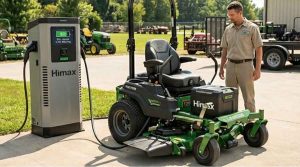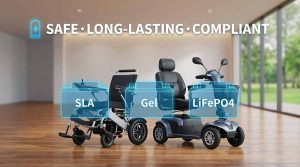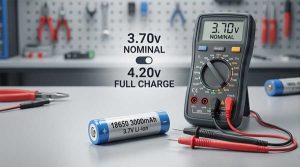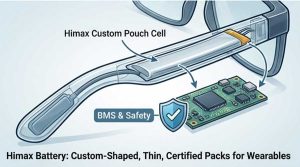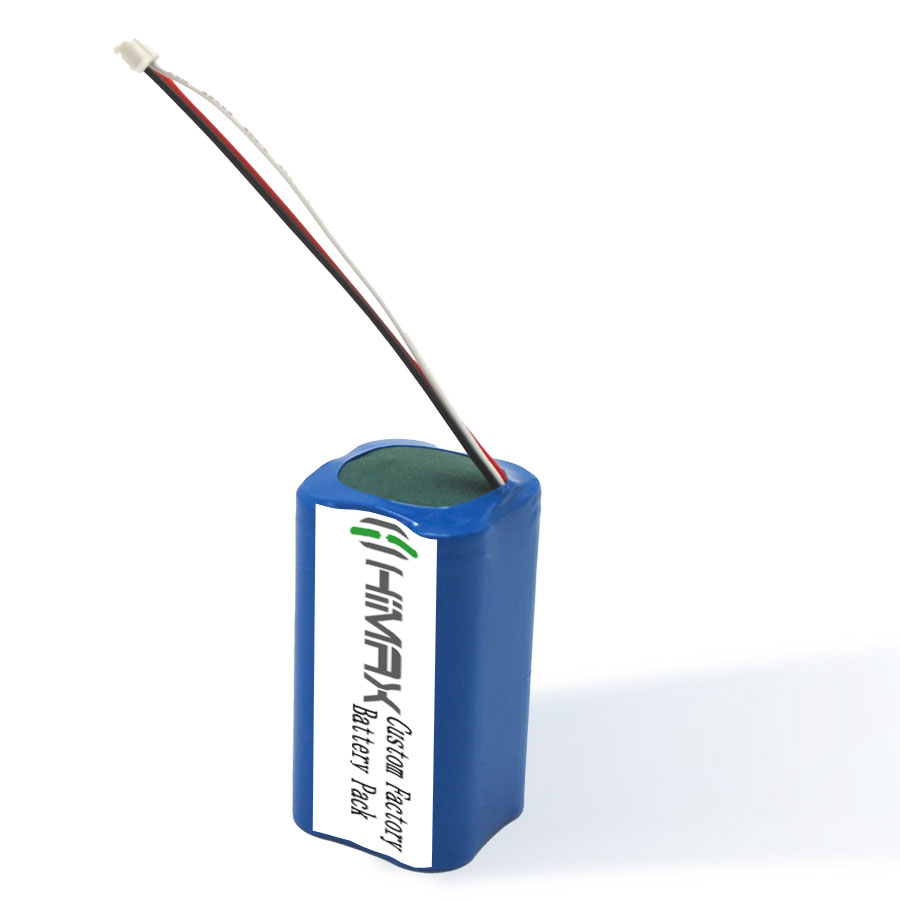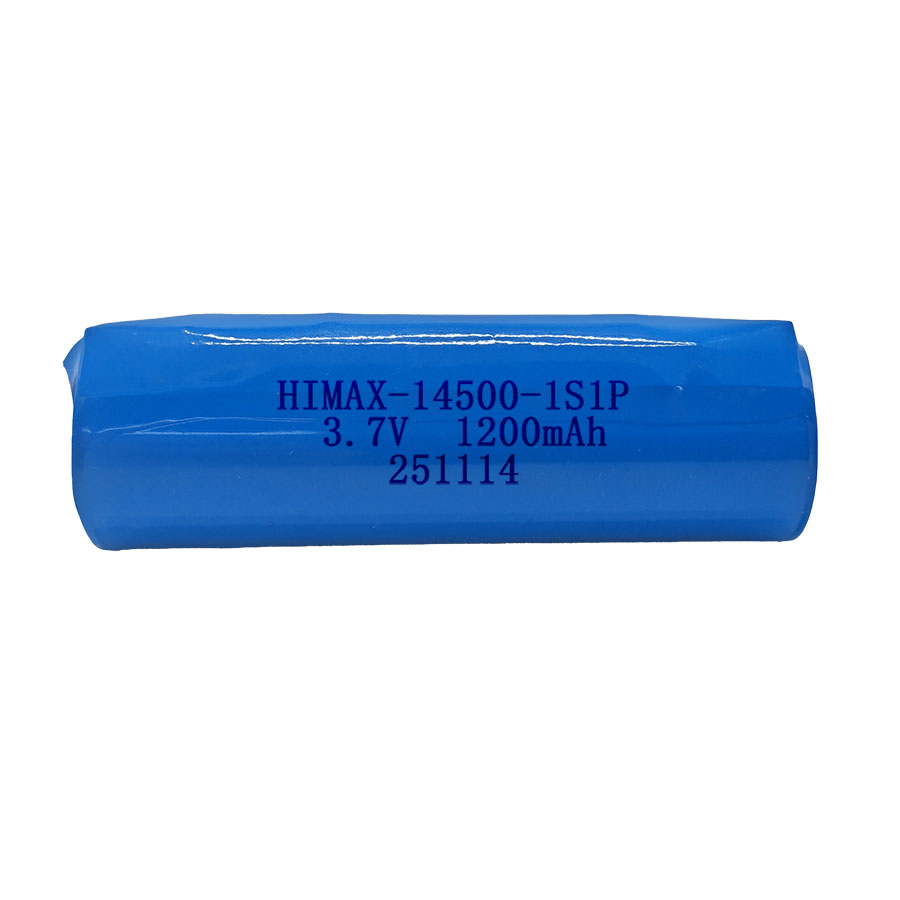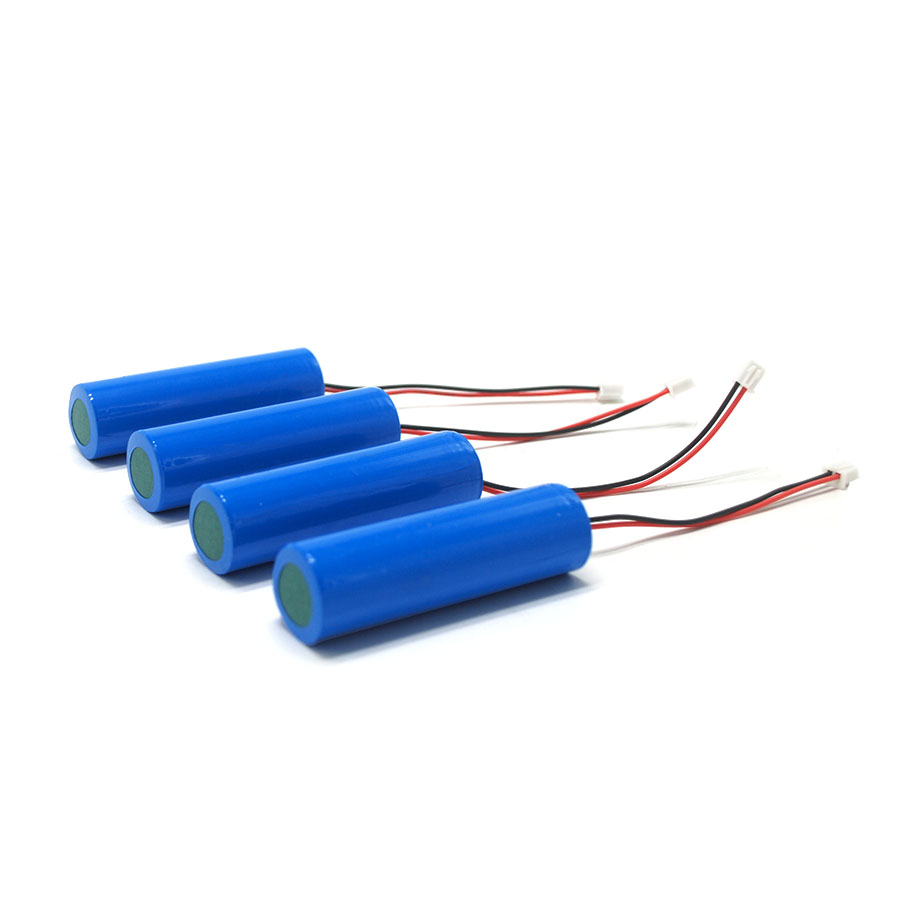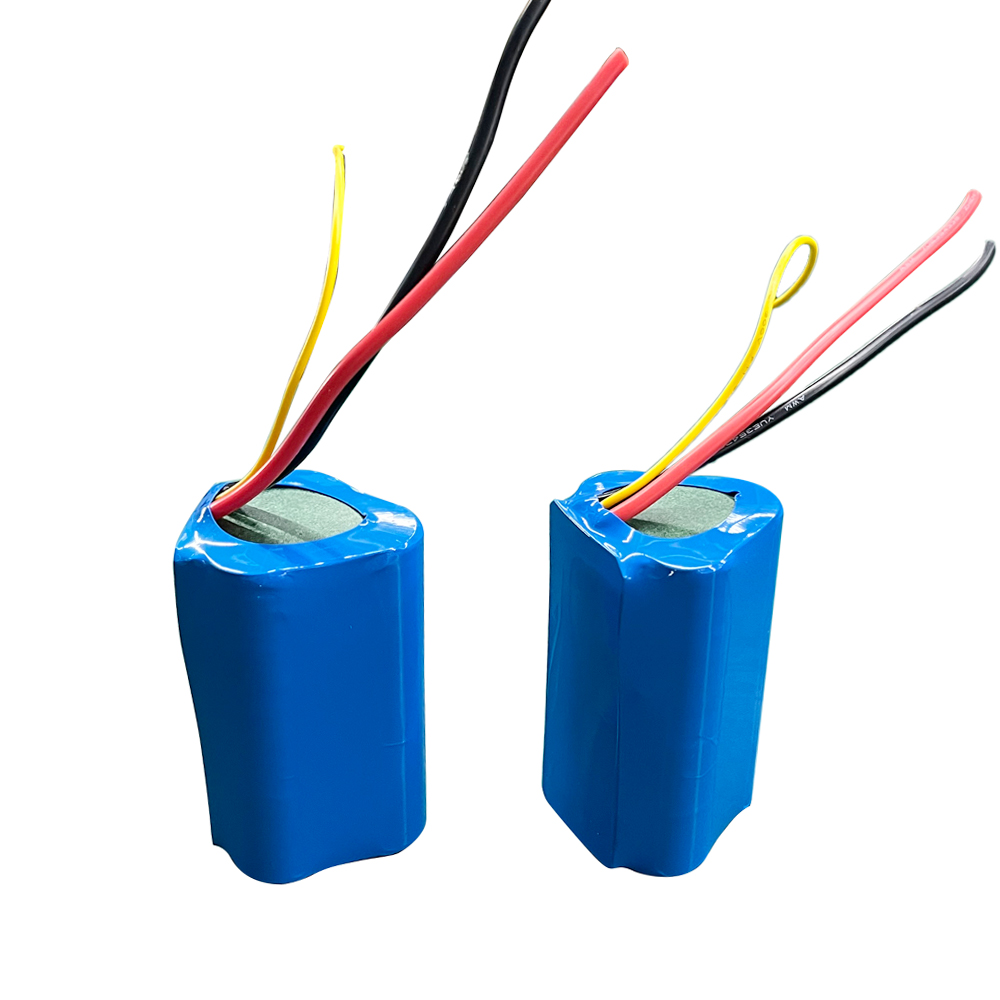
Electric golf carts have become a common sight in communities, golf courses, and resorts across the United States. They’re quiet, convenient, and environmentally friendly. However, the performance of a golf cart largely depends on one thing — its golf cart battery.
Understanding how your battery behaves, how charging works, and what happens when it’s overcharged can save you from expensive repairs and safety hazards. In this article, we’ll explain what happens when a golf cart battery is overcharged, the warning signs to look for, and the essential precautions to keep your battery healthy.
What Does Overcharging a Golf Cart Battery Mean?
Overcharging happens when a golf cart battery is continuously charged even after it reaches full capacity. Most battery chargers are designed to stop the current once the battery is fully charged, but if the charger malfunctions or is used incorrectly, it may continue sending electricity into the battery.
This excessive charging causes heat buildup and chemical imbalance inside the battery cells. For lead-acid batteries, it can lead to water evaporation and corrosion. For lithium batteries, it can cause overheating and potential safety risks.
Simply put, overcharging means pushing more energy into a battery than it can safely store — and that’s never a good thing.
What Happens When a Golf Cart Battery Is Overcharged?
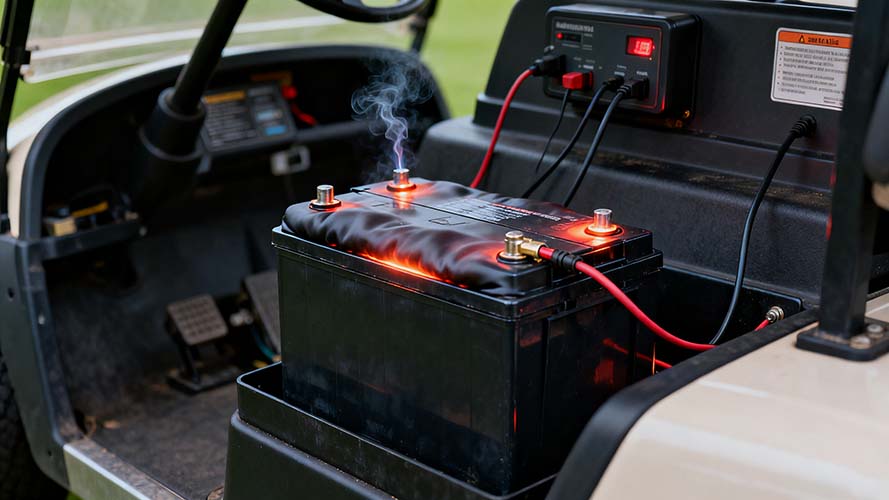
Let’s break down the effects of overcharging based on the type of golf cart battery you’re using.
- Damage to Lead-Acid Golf Cart Batteries
Traditional golf carts often use lead-acid batteries. When these batteries are overcharged, the electrolyte (a mixture of water and acid) begins to evaporate. As the liquid level drops, the internal plates become exposed to air, causing corrosion and reduced capacity.
Over time, this process shortens the battery lifespan and reduces your driving range. You might also notice a rotten egg smell — that’s hydrogen gas being released, which is not only unpleasant but also potentially dangerous.
- Damage to Lithium Golf Cart Batteries
Modern electric carts increasingly use lithium-ion golf cart batteries because they’re lighter, more efficient, and longer-lasting. However, even lithium batteries are not immune to damage. Overcharging a lithium battery can cause the cells to overheat, swell, or become unstable.
Most lithium systems come with a built-in Battery Management System (BMS) to prevent overcharging, but if the BMS fails or the wrong charger is used, the risk increases significantly.
- Heat Buildup and Energy Waste
Overcharging produces excess heat inside the battery. This not only wastes energy but can also deform the battery casing, melt components, or, in extreme cases, cause a fire.
Consistent overheating accelerates battery degradation, meaning you’ll have to replace your golf cart battery much sooner than expected.
- Reduced Battery Efficiency
When overcharged repeatedly, the battery chemistry becomes unstable. As a result, the golf cart may lose its ability to hold a charge properly. You’ll notice shorter running times, weaker acceleration, and inconsistent performance even after a full charge.
Warning Signs That Your Golf Cart Battery Is Overcharged
Knowing the early signs can save you from expensive replacements. Here are the key indicators that your golf cart battery might be overcharged:
- Excessive heat: The battery feels unusually hot after charging.
- Bulging or swelling: The case of the battery appears expanded or warped.
- Leaking fluids: For lead-acid types, you may notice acid leakage or corrosion around the terminals.
- Strong smell: A sulfur-like odor indicates gas buildup.
- Reduced performance: The cart’s runtime decreases even though the battery shows a full charge.
- Battery charger never shuts off: If your charger continues running long after charging should be complete, it could be a sign of a faulty automatic shutoff feature.
What Precautions Should Be Taken to Avoid Overcharging?
Taking a few simple precautions can extend the life of your golf cart battery and keep it performing efficiently.
- Use the Correct Charger
Always use a charger that’s compatible with your battery type — whether it’s lead-acid or lithium. Chargers are designed for specific voltages (like 36V, 48V, or 72V). Using the wrong charger can cause overcharging or undercharging.
For lithium batteries, use a smart charger with automatic cut-off and temperature monitoring features.
- Avoid Leaving the Charger Plugged In for Too Long
Leaving the charger connected for several days or weeks can slowly damage the battery cells. Even though many chargers are automatic, it’s best to disconnect once the battery is full.
As a rule of thumb, unplug your golf cart battery charger once the indicator light shows “fully charged.”
- Charge in a Well-Ventilated Area
If you’re using lead-acid batteries, they emit gases during charging. Always charge your golf cart in a ventilated space to prevent hydrogen buildup, which can be explosive if ignited.
- Regularly Check Water Levels (for Lead-Acid Batteries)
If your golf cart battery uses liquid electrolyte, inspect the water levels monthly. Add distilled water when needed — but only after charging, not before. This keeps the plates submerged and prevents overheating.
- Monitor Battery Temperature
Batteries should never get excessively hot during charging. If you notice extreme warmth, stop charging immediately and check your charger and connections.
- Perform Routine Maintenance
Clean the terminals, inspect cables, and check for corrosion regularly. Poor connections can interfere with charging efficiency and cause overvoltage issues.
- Invest in Smart Charging Systems
Smart charging systems monitor voltage, temperature, and charging cycles automatically. These systems can help prevent both overcharging and undercharging, ensuring that your golf cart battery stays in peak condition.
How to Recover an Overcharged Golf Cart Battery
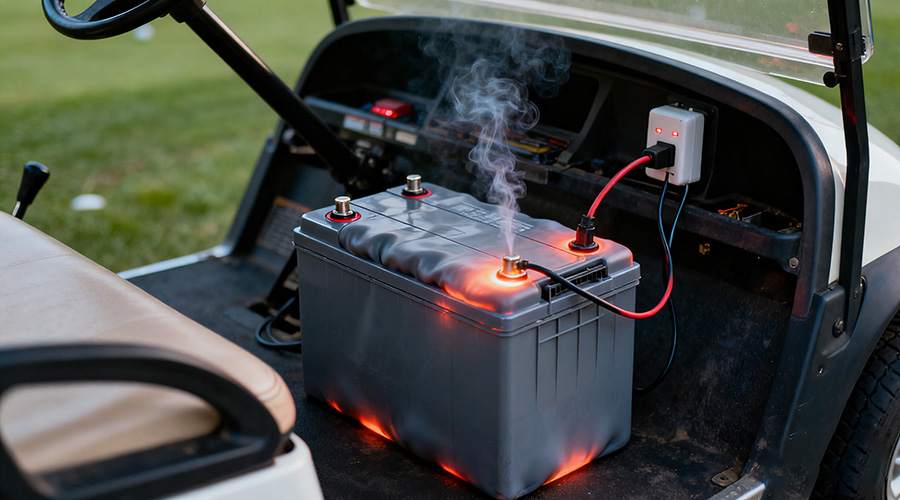
If your battery has already been overcharged, there are a few steps you can take — though prevention is always better.
- Disconnect immediately: Unplug the charger to stop the flow of electricity.
- Let it cool down: Allow the battery to return to room temperature before inspecting it.
- Check electrolyte levels: For lead-acid types, top up with distilled water if necessary.
- Inspect for swelling or leaks: If the casing is bulging or leaking, the battery may need to be replaced.
- Test the voltage: Use a multimeter to check the voltage and determine if it’s still within normal limits.
- Seek professional help: If unsure, consult a qualified technician. Attempting repairs without proper knowledge can be risky.
The Long-Term Impact of Overcharging on Golf Cart Batteries
Repeated overcharging shortens the battery lifespan drastically. Instead of lasting five to seven years, your battery might die in two or three.
It also affects the performance of your golf cart, making it slower, less efficient, and unreliable. The cost of frequent battery replacements can quickly add up — often exceeding the cost of investing in a high-quality, maintenance-free golf cart battery from the start.
Overcharging may seem harmless, especially when your charger is automatic, but it’s one of the most common causes of golf cart battery failure. By following simple precautions like using the correct charger, monitoring temperature, and maintaining proper water levels, you can extend your battery’s life and enjoy longer, more reliable rides.
A well-cared-for golf cart battery not only saves you money but also ensures safety, performance, and sustainability.
About HiMAX: Reliable Power for Every Ride
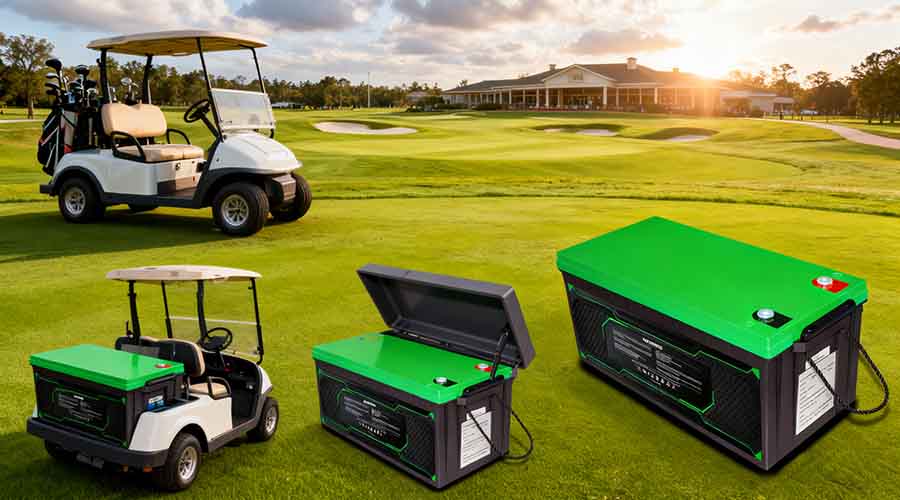
When it comes to dependable energy solutions, HiMAX stands out as a trusted name in the battery industry. HiMAX offers premium golf cart batteries engineered for durability, long cycle life, and consistent performance.
Our advanced deep cycle lifepo4 battery technology delivers higher energy density, faster charging, and superior safety compared to traditional batteries. Whether you’re cruising across the golf course or exploring your community, HiMAX ensures your ride is always powered by innovation and reliability.
Choose HiMAX — where every charge means more performance, more efficiency, and more peace of mind.


